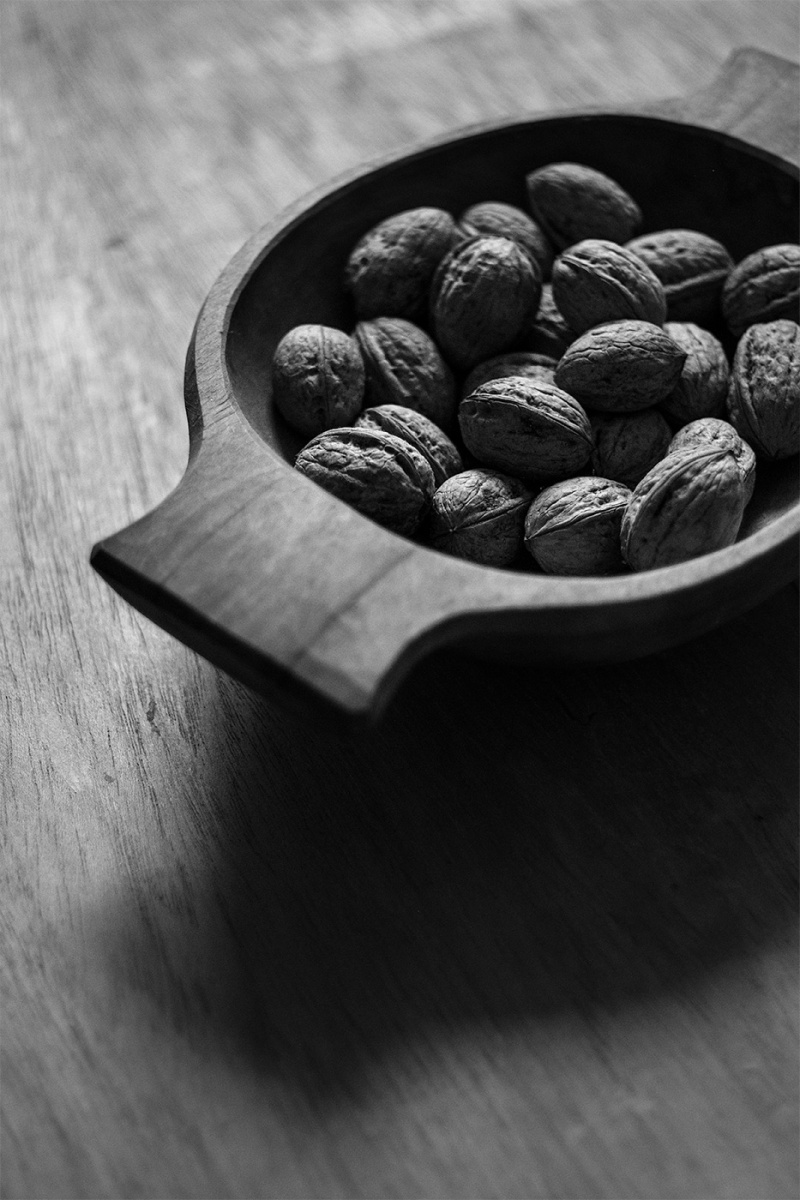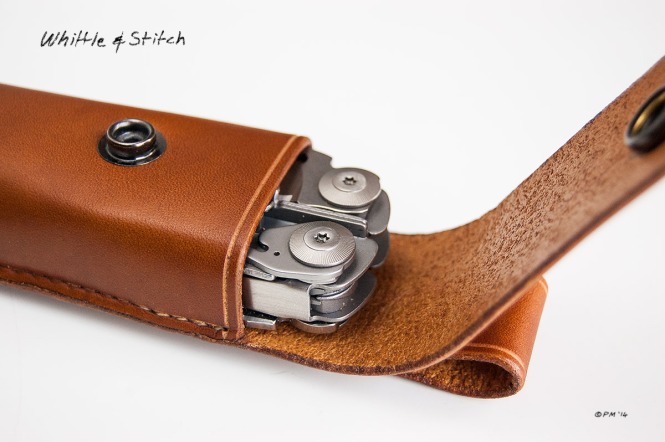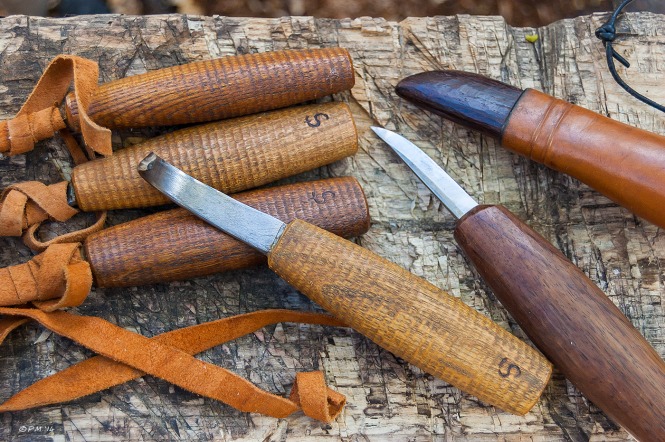Here is a little Puukko (Finnish style knife) with a lanyard for wearing around the neck that I made a while ago. The handle is rosewood with a Lauri 63 blade and brass fittings, the end cap is hiding a recessed brass washer and peened tang.

This was really a practice piece for learning how to Butt Stitch the leather on the sheath. This is particularly tricky on a contoured form like this because as the name suggests the two edges of the leather to be sewn need to butt up against each other. Consequently the leather needs to be measured and cut very accurately to achieve the required fit

The Awl is used to make stitch holes that go diagonally from the surface of the leather to just above the bottom edge of the under side. This creates a seam that is no thicker than the leather and serves to shield the stitching from abrasion on both sides, in fact the tread is invisible on the inside.

This took four attempts and as you see is far from perfect, something I need to keep persevering with. I have since learnt on other projects that under cutting the edges by half a millimetre or so prevents the slight gap where the edges meet as seen here.
To give you and idea of scale here is a shot of it when it was first made and the dye was/finish was still drying.

All the best and thanks for looking.




























